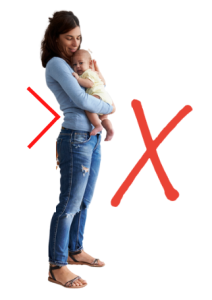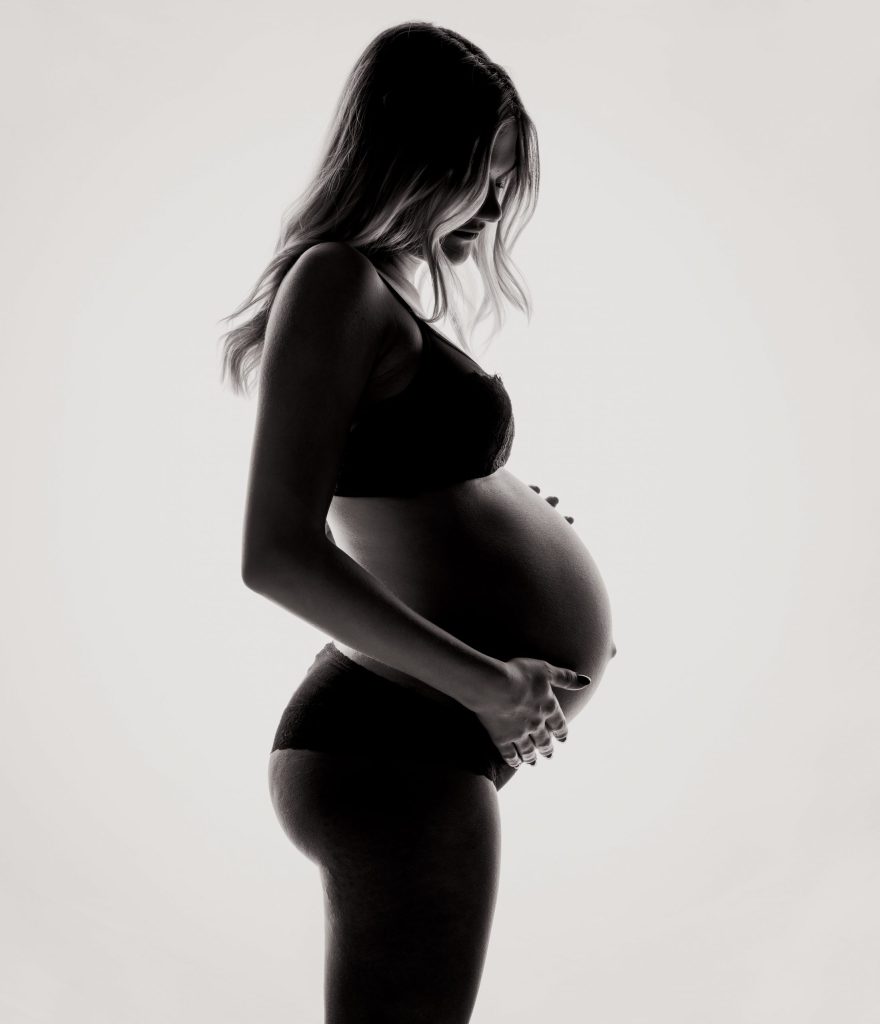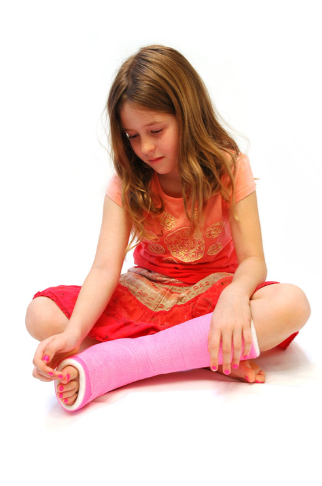The movements that mothers make every day, such as hoisting your baby from their cot and hunching over to breastfeed, can lead to irritation of muscles, tendons or joints.
Not to mention, the changes to your body from pregnancy, and all those wild maternal hormones that (very importantly) loosen the tissue around joints allowing the pelvis to widen before and during birth. This slackness around the joints remains for months after delivery, leaving joints vulnerable to strain and injury.
Today we wanted to highlight some of the common injuries that can occur in new mums, and to also comfort those already sleep deprived and stressed mummas that.. It’s NORMAL and that physiotherapy can help.
Pregnancy and delivery takes its toll on the abdominal and pelvic muscles, and the baby’s weight pulls your centre of gravity forward, often leading to an anterior tilted pelvis or swayed back. These changes can lead to common injuries such as:
De Quervain’s tenosynovitis, aka “mother’s wrist.”
- This is one of the most common conditions that occurs in mothers postpartum, due to the constant use of the thumb and wrist when caring for your new baby!
- It occurs due to picking your baby up with a flexed and ulnar deviated wrist. It causes the sheath around the tendons at the base of the wrist and thumb to become swollen, causing pain. Fluid retention and hormonal changes during pregnancy also cause the tissues around the tendons to swell and become inflamed.
- Signs and symptoms of De Quervain’s include:
- Sharp shooting pains radiating from the thumb to the wrist
- Swelling and heat in the wrist
- Weakness in the wrist & thumb, particularly gripping, twisting or pinching actions
- Treatment = strapping/splint and correct manual handling of your baby when feeding, lifting, bathing etc.

SIJ & back pain
- Sacroiliac joint or SIJ pain is extremely common both during pregnancy and postpartum. A common reason women experience it is from the way they stand when holding their baby.
- Hinging backwards can add stress to our lower backs and switch our glute muscles off, adding stress and reliance to the joints in our back and SIJ.
- Hitching your hip to the side when holding your baby causes asymmetry and can lead to misalignment of the pelvis and again place stress on the joints.
- Treatment = Correct posture!! Or if you find yourself standing for long periods holding a baby: try using a good carrier that spreads your baby’s weight evenly across your shoulders/back/hips

Diastasis Recti
- Diastasis Recti is the separation of the abdominal muscles during and after pregnancy. During pregnancy, the linea alba (LA) softens due to hormones and the stretch from the growing foetus. As your uterus expands during pregnancy, the abdominals are stretched and the linea alba thins and pulls apart. Once you deliver your baby, the linea alba can heal and come back together. It’s highly elastic, although when the tissue loses its elasticity from being overstretched, the gap in the abdominals will not close as much as it should. This is diastasis recti.
- Treatment = Deep muscle activation (E.g. pilates). Avoid crunches or DL activities until advised by a physiotherapist.

Thoracic and trap pain/tightness
- Thoracic and trap (shoulder) pain, if another of the most common complaints postpartum. This is due to parent positioning during feeding and carrying, often in an elevated, internally rotated and flexed position.
- Treatment = stretches, shoulder depression, using pillows to decrease holding babies weight, swapping sides, strengthening back muscles.

Pelvic floor
- Pelvic floor is a topic that could be discussed as its own blog! So today we wanted to discuss one of the concerns that can arise in your pelvic floor post birth and that’s incontinence.
- Pelvic floor trauma is damage to the muscles, nerves, or other tissues of the pelvic floor which affects their functioning and leads to weakness of the pelvic floor often resulting in incontinence.
- Incontinence is the involuntary loss of bladder and bowel control, leading to leaking. One in 3 women who have had a baby may experience leakage at some point and 35 percent of new mothers experience urinary incontinence following childbirth.
- Pelvic floor muscles will not get stronger by themselves. You’ll need to complete exercises to regain strength. If you don’t strengthen the muscles after each baby, you’re likely-hood of developing incontinence increases significantly.

Treatment
It is important to note how common incontinence is postpartum and that it should not be ‘normalised’ as something that women have to put up with after giving birth. Incontinence is something that women’s health physiotherapists are trained to assist with, and it is something you don’t have to live with or be embarrassed about!
It is recommended that every woman have a postnatal review between 4-16 weeks postpartum. Particularly if they are preparing to return to sport. This is recommended even if you did not have a traumatic birth!
Some exercise guidelines for the first few weeks postpartum are discussed below, although each mum and birth is different and we recommend reaching out to your physiotherapist so that your rehab is targeted to you!
- 0-6 weeks: Focus on pelvic floor and gentle core muscle exercises, postural exercises, gentle walking and stretching.
- 6-12 weeks: Postnatal Pilates or yoga, low-impact cardio exercise like walking, swimming and light strength training.



